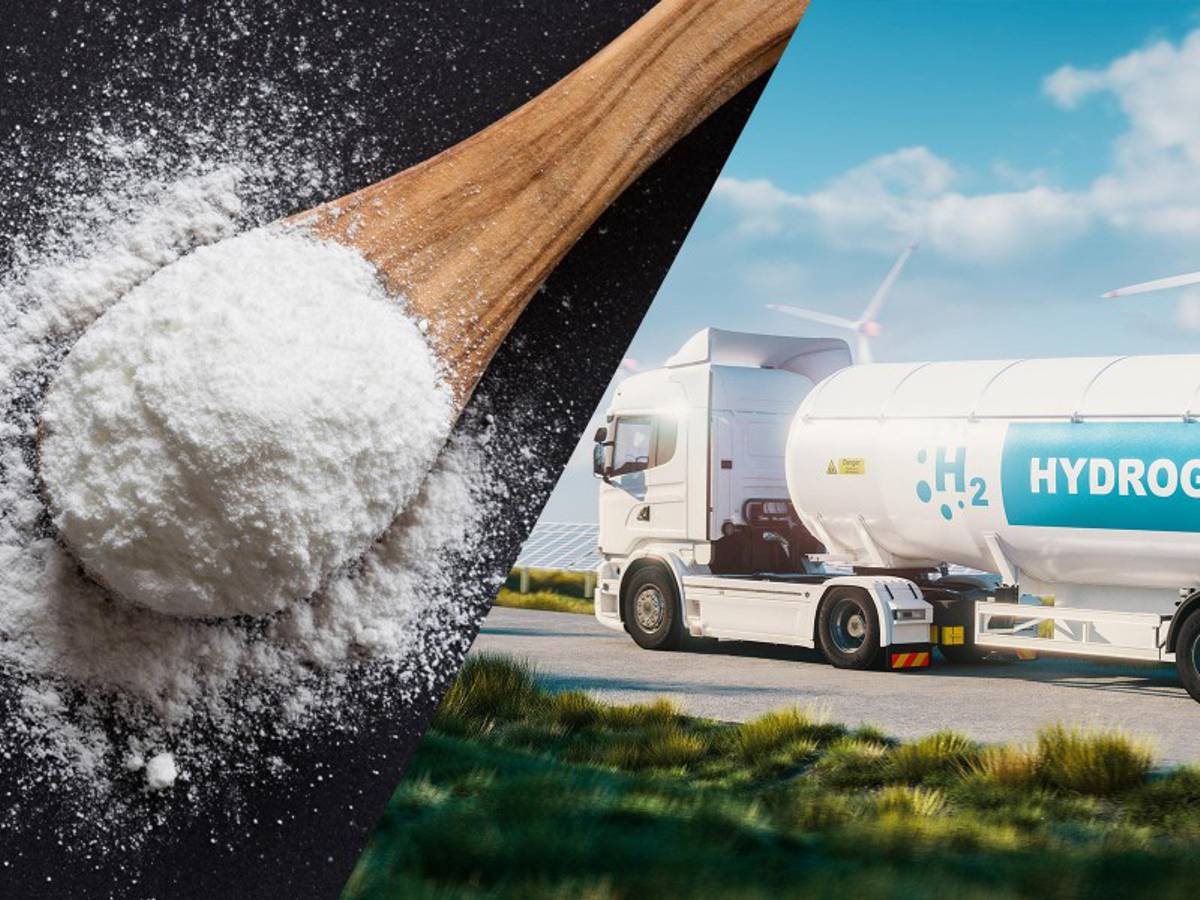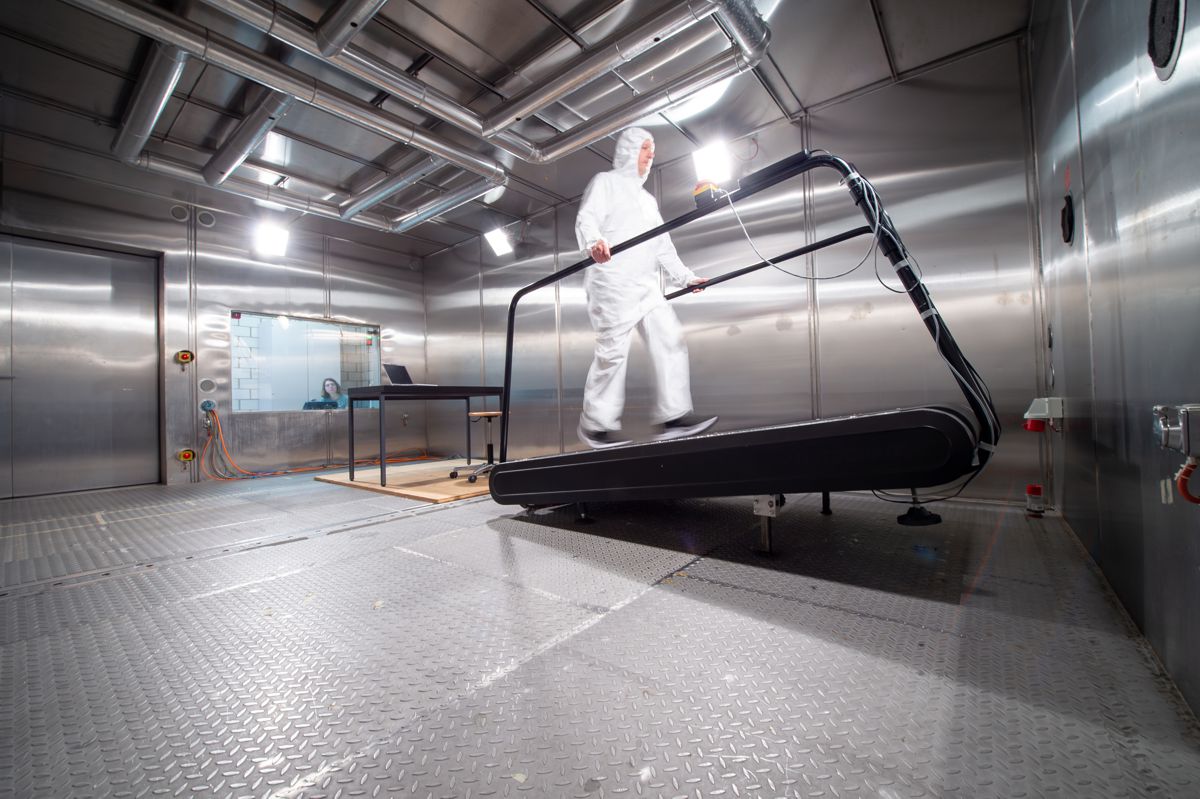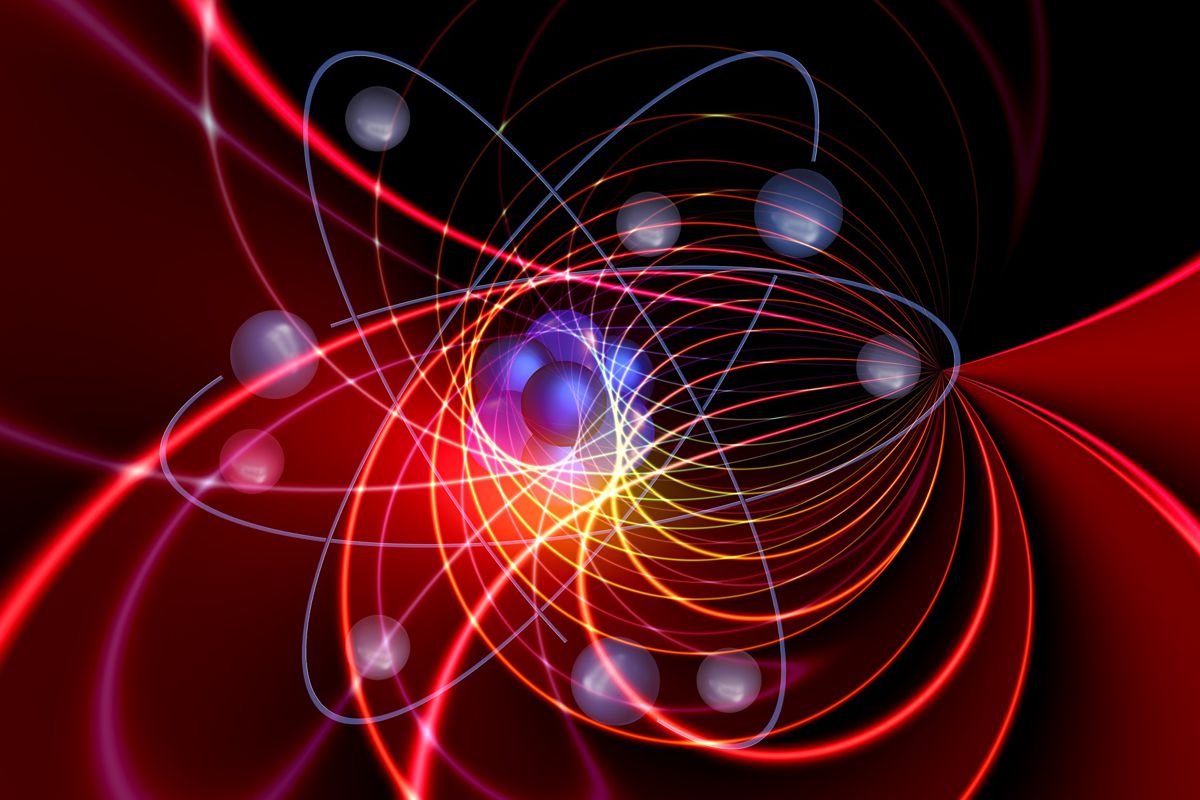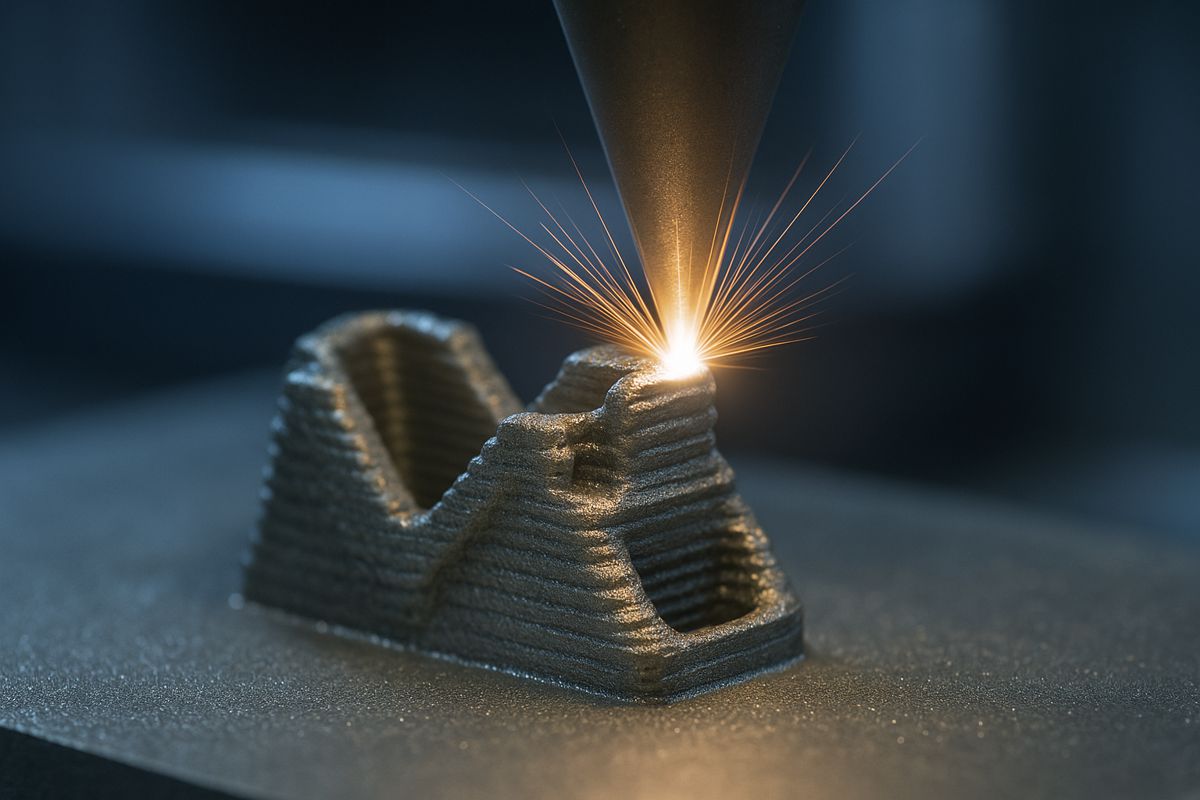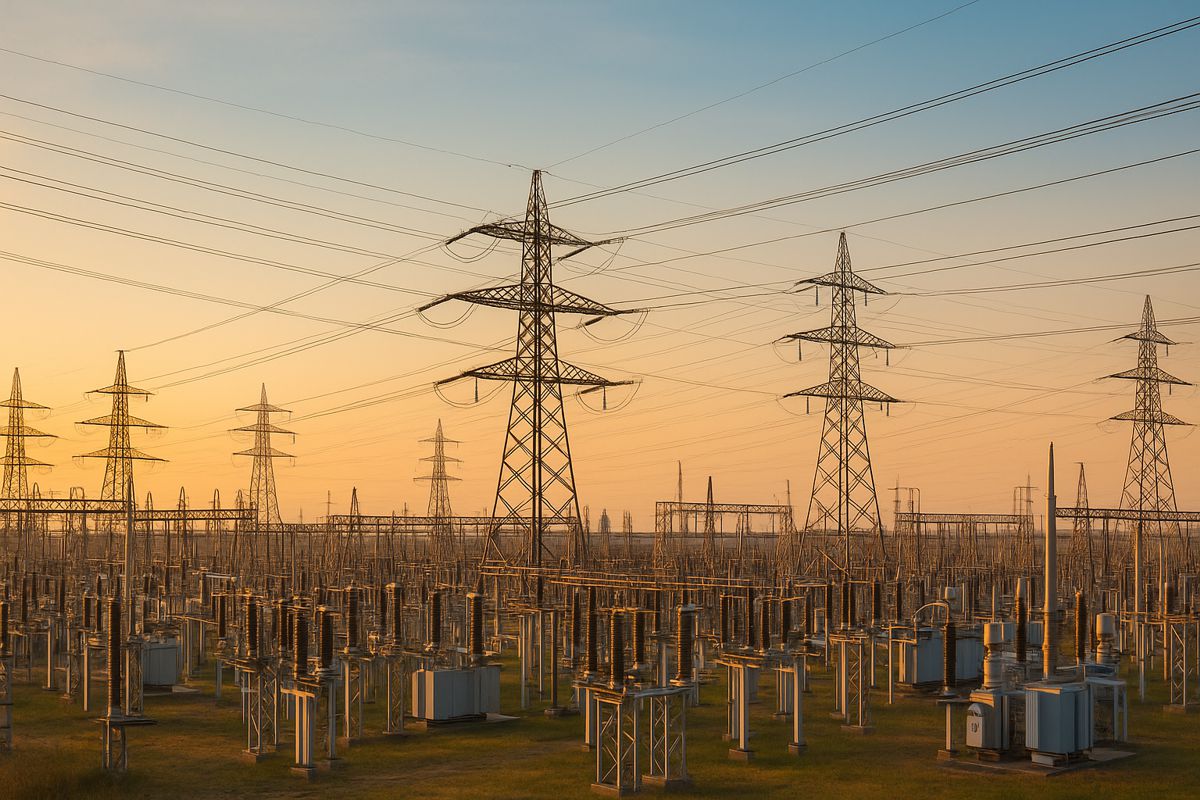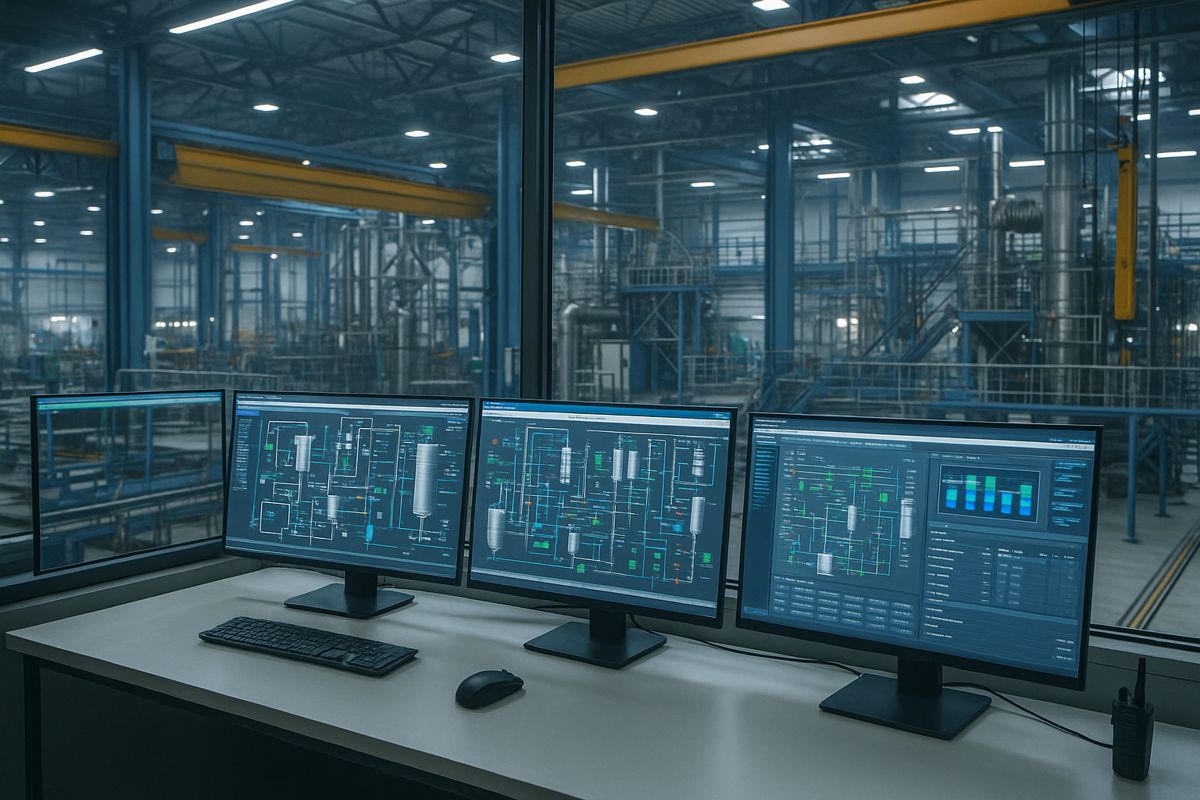Clean Hydrogen Storage with Baking Soda
Demands that energy sources have zero, or next-to-zero, carbon emissions, means growing beyond coal, oil, and natural gas by getting more energy from renewable sources.
One of the most promising renewable energy carriers is clean hydrogen, which is produced without fossil fuels.
It’s a promising idea because the most abundant element in the universe is hydrogen, found in 75 percent of all matter. Moreover, a hydrogen molecule has two paired atoms—Gemini twins that are both non-toxic and highly combustible.
Hydrogen’s combustive potential makes it an attractive subject for energy researchers around the world.
At Pacific Northwest National Laboratory (PNNL), a team is investigating hydrogen as a medium for storing and releasing energy, largely by cracking its chemical bonds. Much of their work is linked to the Hydrogen Materials-Advanced Research consortium (HyMARC) at the Department of Energy (DOE).
Hydrogen storage not yet optimized
One PNNL research focus relates to optimizing hydrogen storage, a stubborn issue. To date, there is no completely safe, cost-effective, and energy-efficient way to store hydrogen at large scales.
The hydrogen-based storage efforts at PNNL are funded by the DOE’s Hydrogen and Fuel Cell Technologies Office in the Office of Energy Efficiency and Renewable Energy (EERE). The research advances the DOE’s H2@Scale initiative as well as the agency’s Hydrogen Shot.
The new paper’s two main authors are chemist and PNNL Laboratory Fellow Thomas Autrey and his colleague Oliver Gutiérrez, an expert in making chemical reactions speedy and cost-effective.
“You have to be a little creative,” said Autrey, who is amused at how common, cheap, and mild baking soda is as a potential answer to a big problem. “Not every chemical is going to be efficient at storing hydrogen. You have to work with what Mother Nature gives you.”
Clean hydrogen for long-term energy needs
Autrey, Gutiérrez, and others at PNNL see long-duration energy storage as the key to hydrogen’s future as a carrier of renewable energy.
Current battery technology is designed for several hours of storage. In a renewable energy grid, batteries can handle about 80 percent of storage needs.
But “the last 20 percent will take unique approaches,” said Autrey. “We will want to store the excess energy to be prepared for Dunkelflaute.”
That’s a German word describing conditions without enough solar and wind energy potential. During the dark, windless periods of Dunkelflaute, grids need a way to store energy for more than just several hours.
Seasonal storage capability like this is one of hydrogen’s attractions. So is the fact that hydrogen storage can happen anywhere―that it is “geographically agnostic,” as experts say. Hydropower, for example, requires differences in elevation to store excess water to make power. Hydrogen storage requires no special conditions related to geography.
In addition, said Autrey, as scales get larger, hydrogen gets more economical. It is cheaper to buy a few additional hydrogen storage tanks than to buy a lot of batteries.
Finding the best way for hydrogen storage
Clean hydrogen has great promise as an energy source. A process called electrolysis, for instance, can split water into hydrogen and oxygen. In the best of worlds, the power for electrolysis would come from renewable energy sources, including solar, wind, and geothermal.
However, there is one stubborn challenge: to produce hydrogen more cheaply.
To address that, in 2021 the DOE announced its Energy Earthshots initiative, a series of six steps to underwrite breakthroughs in clean-energy technology. Introduced first was the Hydrogen Shot, a quest to reduce the cost of hydrogen to from $5 to $1 per kilogram in a decade―an 80 percent reduction.
Beyond getting clean hydrogen production costs down, “you have to figure out how to move and store it,” said Autrey, which are steps that can send prices back up.
But finding the ideal medium for hydrogen storage has been elusive.
Hydrogen can be compressed into a gas, but that requires very high pressures—up to 10,000 pounds per square inch. A safe storage tank would need walls of very thick steel or expensive space-grade carbon fibre.
How about cryogenic liquid hydrogen? This is a proven storage medium but requires getting and keeping something so cold (-471 F, or -279.4 C) that peripheral energy costs are significant.
What seems to hold the most promise are molecules that are liquids, optimized to store and release hydrogen. Jamie Holladay, a sustainable energy expert, recently directed PNNL-led research on simpler and more efficient strategies for liquefying hydrogen.
Using such liquids as a storage medium have the advantage of keeping existing energy infrastructure in place, including pipelines, trucks, trains, and taker ships, said Gutierrez.
The bicarbonate-formate cycle
Want to bake cookies? Or store hydrogen energy? Baking soda could be the ticket. This mild, cheap sodium salt of bicarbonate is non-toxic and Earth-abundant.
Not baking soda exactly. The PNNL team is investigating the hydrogen energy storage properties of the long-studied bicarbonate-formate cycle. (Formate is a safe, mild liquid organic molecule.)
Here’s how it works: Solutions of formate ions (hydrogen and carbon dioxide) in water carry hydrogen based on non-corrosive alkali metal formate. The ions react with water in the presence of a catalyst. That reaction makes hydrogen and bicarbonates―the “baking soda” Autrey admires for its absence of environmental impacts.
With the right mild tweaks in pressure, the bicarbonate-formate cycle can be reversed. That provides an on-off switch for an aqueous solution that can alternately store or release hydrogen.
Before baking soda, the PNNL hydrogen storage team looked at ethanol as a liquid organic hydrogen carrier, the industry’s blanket term for storage and transport media. In tandem, they developed a catalyst that releases the hydrogen.
Catalysts are designer additives that speed the processes used to make and break chemical bonds in an energy-efficient way.
In May 2023, for a project related to the PNNL effort, EERE granted OCOchem of Richland, Washington, $2.5 million in funding over two years to develop an electrochemical process that makes formate and formic acid from carbon dioxide. The process would bind carbon dioxide with the hydrogen located in water’s iconic chemical bond, H2O.
In a partnership just starting, PNNL will develop ways to release hydrogen from the OCOchem products.
Hydrogen storage that ‘looks like water’
In the world of hydrogen storage research, the bicarbonate-formate cycle has created a buzz for quite some time. After all, it is based on materials that are abundant, non-flammable, and non-toxic.
The cycle is built on an aqueous storage solution so mild it “looks like water,” said Autrey. “You can put out a fire with it.”
But for formate-bicarbonate salts to become a viable means of storing hydrogen energy, researchers must still develop economically feasible scenarios. So far, the technology stores hydrogen at only 20 kilograms per cubic meter, compared to liquid hydrogen’s industry standard of 70.
More fundamentally, said Autrey, researchers need a systems-level understanding of the required electrochemistry and catalysis. In engineering terms, to date, the idea of a workable bicarbonate-formate cycle has a low technical readiness level.
“If we solve the catalysis problems,” he added, “we could get some real interest.”
‘An amazing shiny thing’
On the plus side, the salt solutions under consideration at PNNL release hydrogen upon reaction with water. They also operate at moderate temperatures and low pressures.
In theory, at least, as Autrey and Gutiérrez describe in their 2023 paper, the bicarbonate-formate cycle represents “a feasible green alternative for storing and transporting energy” from hydrogen.
The baking soda idea is also at the nexus of what the 2023 paper calls “several urgent scientific challenges.”
Among them are how to make a hydrogen storage media from captured excess carbon dioxide. And even to use the same media to store electrons, which offers the promise of direct formate fuel cells.
In addition, the PNNL work could provide insights for catalysis in the aqueous (water) phase. For now, the PNNL team is using palladium as their candidate catalyst. Their efforts include finding ways to make the rare metal more stable, reusable, and longer-lived.
In all, the baking soda idea “is this amazing shiny thing” for hydrogen storage, said Autrey. “What’s exciting are the possibilities.”








